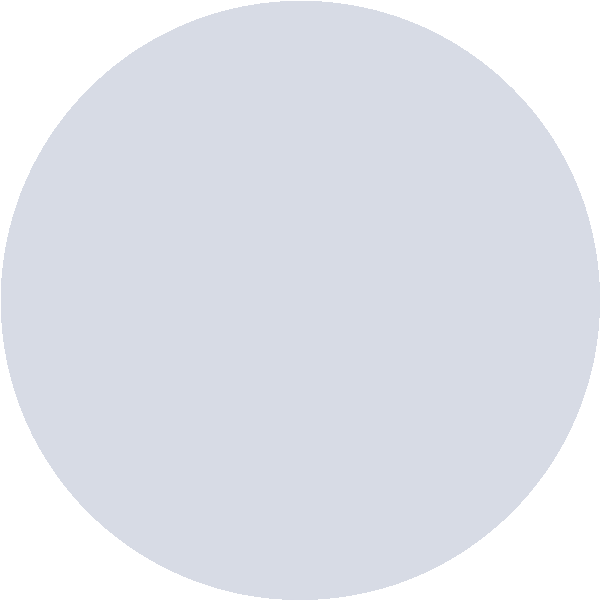
DODO #Megascope brings you this week’s Highlights:
Interpretation of LSD-related projects
Rollkit supports BTC as DA layer
AAVE stablecoin GHO parameters disclosure
Data Check: BTC L2 NFT
👀 Weekly Digest
DeFi
Interpretation of LSD-Related Projects
The Ethereum LSD track continues to be hot. Due to the low staking rate of Ethereum, there is huge room for expected growth. This week we analyze three projects with potentials in the LSD track.
Pendle Finance
Pendle Finance is a multi-chain DeFi protocol designed for interest-bearing assets, which will be deployed to Arbitrum in the near future.
Pendle uses two tokens, PT and YT, to abstractly represent interest-earning assets. PT represents the basic token, and YT represents interest income. Users can realize the discount on future income by trading YT.
Users can obtain the corresponding PT and YT by locking the basic token to a certain period, and both PT and YT can be traded, realizing the discount of income. As an interest-earning asset, LSD is in line with Pendle’s design. LSD’s staking reward is stable, and it is anchored to ETH itself.
Pendle further expands the scope of LSD leverage. It is an important piece in LSD Lego. Users can further increase leverage by discounting future earnings.
Pendle’s native token economic model is ve-mechanism similar to Curve, which encourages users to stake and lock tokens. Users obtain income incentives by staking native tokens, voting, etc.
Stader
Stader is a multi-chain liquidity staking protocol, recently participated in the competition of the LSD track, and its LSD is $ETHx.
Stader lowers the operating threshold for node operators to only 4.4 ETH, compared to 32 ETH for Lido and 16 ETH for Rocket Pool.
Stader’s native token $SD participates in the protocol dividends, captures the LSD staking income, and LSD holders will also share the staking income, which makes Stader’s ETHx rate of return higher than the market average.
Stader itself draws 5% of the fee, and the node operator does not take the commission but distributes it to SD holders. The node operator gets incentives through additional SD distribution. The unique token model provides Stader with higher returns, which may become Stader’s unique market edge.
Liquid Staking Derivatives
Liquid Staking Derivatives is an LSD yield aggregation protocol, which is yet to be launched. According to public documents, it mainly provides two services.
Liquid Staking Derivatives itself provides LSD services, users stake ETH to get lsETH, and Liquid Staking Derivatives will put ETH into other LSD protocols.
Users can stake LSD from other protocols to Liquid Staking Derivatives to obtain veLSD. veLSD has governance rights, and can also increase the APR of lsETH. Liquid Staking Derivatives will put LSD into other DeFi protocols to obtain income according to the decision of DAO.
Liquid Staking Derivatives provides LSD aggregation services and increases lock-ups through ve-mechanism to absorb LSD. The trend of LSD Lego is obvious. Liquid Staking Derivatives can put the collected LSD into other DeFi protocols to obtain additional income.
Rollkit Supports BTC as DA Layer
Since BTC’s L2 narrative sparked a fuss, NFTs based on BTC inscriptions continue to grow. Rollkit is a modular blockchain project. Developers can customize each layer of the blockchain using Rollkit to build Rollup more conveniently and quickly. Its recent announcement of support for BTC as a DA layer provides another viable path for the BCT layer-2 route.
Rollkit provides a data read and write interface Taproot, through which developers can write and read data to BTC. Now BTC can exist as a DA layer, and developers can build Rollup based on BTC data and security.
According to the tests of its developers, the cost of writing data to BTC through the Rollkit interface is 7 times cheaper compared to Ethereum.
Developers can use the modular framework provided by Rollkit to use BTC as the DA layer to build Rollup, which is convenient and easy. Compared with the previous solution proposed by Stacks, the modular solution is more cost-effective and more developer-friendly.
AAVE Stablecoin GHO Parameters Disclosure
The AAVE development team disclosed the design of the specific parameters of GHO to the community for discussion.
For its native token AAVE, the discount rate is set at 25% and its proportion of all collateral cannot exceed 25%. Compared with existing protocols, the discount rate and the proportion of native tokens are relatively high.
The lending rate is 2%-2.5%, which is close to the lending rate of the AAVE stablecoin rate, and slightly higher than that of other protocols.
The initial minting cap is a minimum of $50M and 25% of the total AAVE V3 borrow amount.
The expected initial liquidity is $15M.
Generally speaking, in terms of this parameter setting, the upper limit of GHO’s native token mortgage ratio is 25%, which is relatively high. We should pay attention to the proportion of AAVE in its mortgage assets and the value at the time of the mortgage.
Datacheck
Ordinals Protocol helped “Bitcoin NFTs“ gain major market attention. Meanwhile, Yuga Labs just started auctioning TwelveFold (https://twelvefold.io/) on Bitcoin on March 5th. The boom of Bitcoin NFTs also leads the rise of Bitcoin Layer2. So Today’s #Datacheck will focus on the Bitcoin NFTs and the performance of Bitcoin Layer2.
Note: Ordinals is a simple and elegant protocol that allows users to “inscribe” up to 3.9 MB of data on the Bitcoin blockchain without the use of smart contracts.
1/ NFTs minted on Bitcoin by Ordinals
Volume of NFTs minted increased gradually throughout February, the most active period are mid-February and early-March;
Amount of Daily NFT minted on February 9 and March 1 exceeded 20K, achieved 21,814 and 24,825 respectively;
The cumulative mint amount exceeds 320,000 by 12:00 AM, March 6.

2/ NFTs by Type
Most of NFTs are text or image;
Daily Mint amount of text NFTs increased significantly in March, and has exceeded the amount of image NFTs for several days.

3/ Daily Fee Paid
Cumulative network fee income from NFT minted reached 67 BTC;
Most of network fee were paid on February 15th, which was 7.55 BTC;
Network Fee has been significantly reduced after February 15th, but the number of NFTs minted has not decreased, indicating that there is an optimized technical level on minting NFTs.

4/ About Bitcoin NFTs marketplace
Volume: reached obvious peak on February 28th ($175M), and the subsequent transaction volume decreased significantly (affected by the decline of BTC prices);
Txs: peaked on March 2, with the number of daily transactions - 2,500;
Ordinals Market has a leading position in trading volume, while Ordinals wallet has the leading position in the number of transactions.


5/
Recent hype around Bitcoin NFTs led to a rise of Bitcoin Layer2, especially for Stacks(STX);
Note: Stacks is a layer 2 on top of the Bitcoin blockchain that allows developers to build Ethereum-style smart contracts.
- The price of STX rose from \(0.3 on February 15th to \)1 on March 1st, and the current price is still nearly 150% higher than $0.3

6/ About Stacks ecosystem
TVL has increased significantly since February 18, with a 2.8 times increase from 8.7M to 24.46M;
Currently there are few protocols on Stacks, and nearly 90% of TVL is contributed by ALEX, a decentralized exchange.


7/
Bitcoin NFTs (Ordinals NFTs) provides a completely on-chain NFT standard which does not require smart contract and is directly based on Bitcoin Layer 1.
At the same time, the Bitcoin Layer 2 smart contract ecology also extended the use of BTC in DeFi.
With the release of more projects, the ecology of Bitcoin will usher in a new wave of innovation, and release the value of BTC on the Bitcoin.
🚄 Bullet News
Infrastructure
- Scroll has raised $50 million in a new funding round. Investors include Polychain Capital, Sequoia China, Bain Capital Crypto, Moore Capital Management, Variant Fund, Newman Capital, IOSG Ventures, and Qiming Venture Partners. Scoll is an Ethereum Layer 2 solution that adopts the zk Rollup.
Market
Mt.Gox has entered the compensation stage, offering a variety of repayment methods and time options. According to informed sources, the compensation ratio of the one-time repayment method is 71% crypto plus 29% cash. Mt.Gox will pay a large amount of BTC to creditors through a one-time repayment method, and its two largest creditors have already chosen a one-time repayment method. Whether there will be a large number of sell-offs in the market after the compensation will depend on the choice of creditors.
Silvergate’s disclosure that it was at risk of bankruptcy sent shockwaves through the market this week, sending its shares down more than 95%. Silvergate has put most of its new money into longer-dated bonds, with just 11% of its liquid assets in cash and the rest in securities. Only 11% of these bonds are U.S. Treasury bonds, which are less liquid and will be heavily discounted if they are sold in a short period of time.



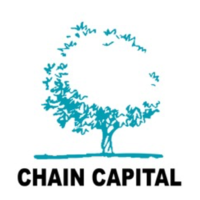
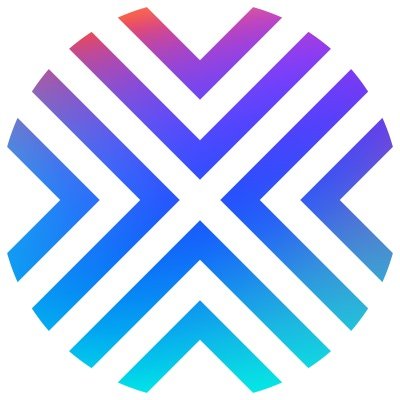

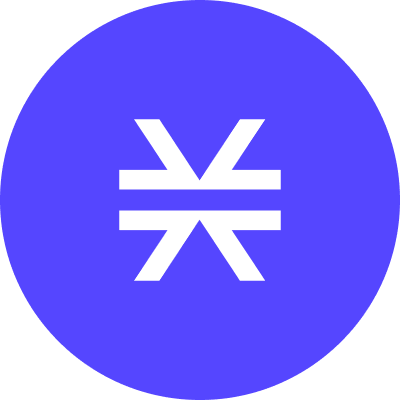

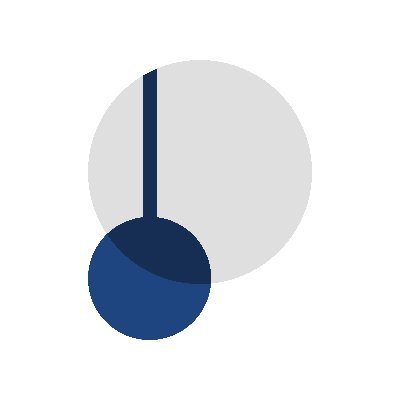






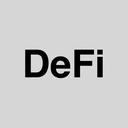










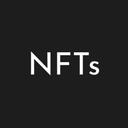
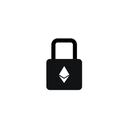
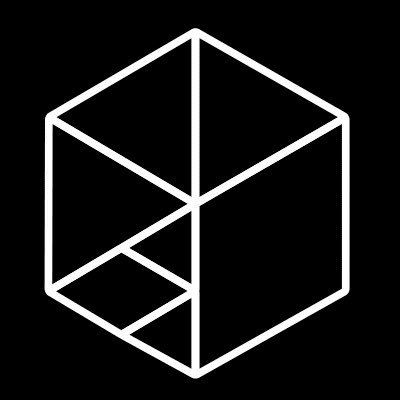

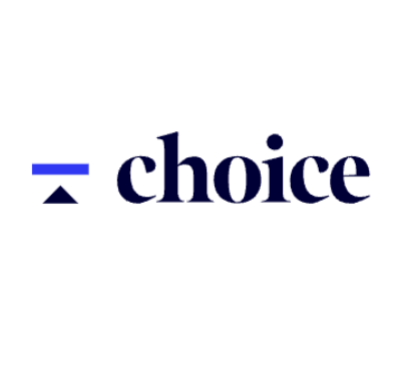
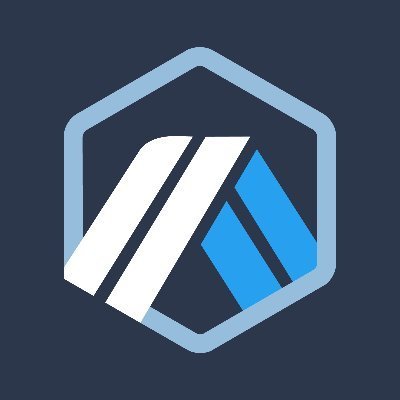


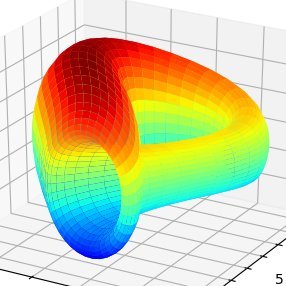
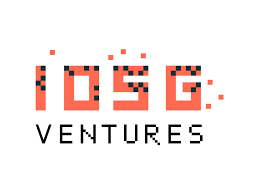






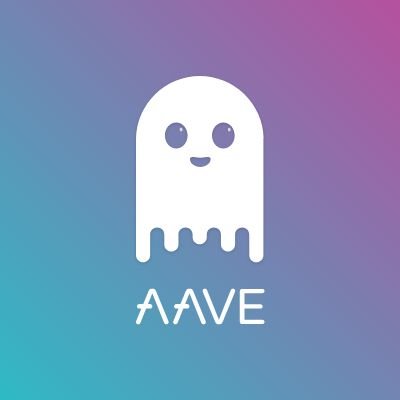
【免责声明】市场有风险,投资需谨慎。本文不构成投资建议,用户应考虑本文中的任何意见、观点或结论是否符合其特定状况。据此投资,责任自负。
